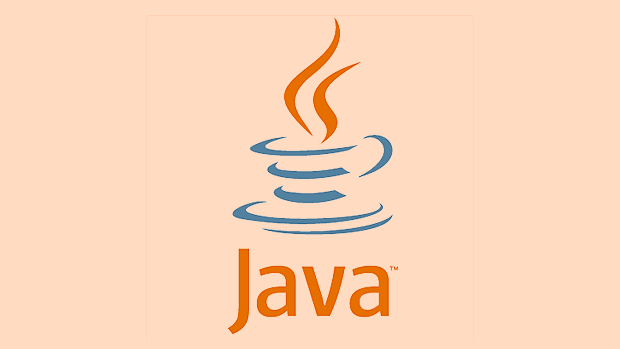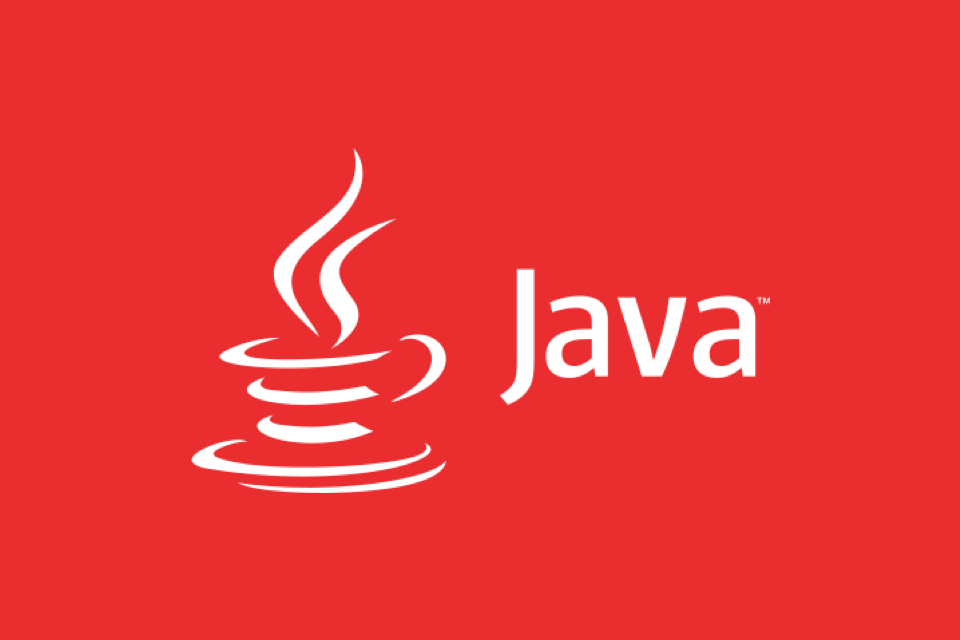Quarkus is ideal for cloud-native Java applications due to its container-first design, enabling fast startup, low memory usage, and seamless Kubernetes and serverless integration. 1. It uses build-time optimization to minimize runtime overhead. 2. Native image support via GraalVM delivers sub-second startup and smaller footprints. 3. Developer experience is enhanced with live reload, Dev UI, and instant feedback. 4. It provides Kubernetes-native support through automatic manifest generation. 5. Extensive integrations with RESTEasy, Hibernate, Kafka, and MicroProfile ensure robust ecosystem compatibility. Use Quarkus for microservices, event-driven architectures, or when seeking better performance than Spring Boot, as it combines modern compile-time techniques with familiar Java tools to reduce costs and boost productivity—making Java truly cloud-optimized.

Building cloud-native Java applications has evolved significantly in recent years, and Quarkus has emerged as a leading framework tailored specifically for this environment. Unlike traditional Java frameworks that were designed for monolithic applications and long-running servers, Quarkus takes a different approach—optimized for containers, fast startup times, and low memory usage—making it ideal for serverless and microservices architectures.

Why Quarkus for Cloud-Native?
Quarkus is built with a "container-first" philosophy. It leverages GraalVM and HotSpot to deliver lightweight, fast-booting Java applications that are perfect for Kubernetes and serverless platforms. Here’s what sets it apart:
- Supersonic Subatomic Performance: Quarkus achieves extremely fast startup times and reduced memory footprint by performing much of the work at build time rather than runtime.
- Unified Reactive and Imperative Programming: Whether you're building reactive pipelines or traditional REST APIs, Quarkus supports both models seamlessly.
-
Live Reload: With
quarkus:dev, you get near-instant code reload during development—no need to restart the server. - Extensive Ecosystem Integration: It integrates smoothly with popular tools like Hibernate ORM, RESTEasy, Kafka, and MicroProfile.
Key Features That Make Quarkus Stand Out
1. Build-Time Optimization
Traditional frameworks scan classes, process annotations, and configure components at runtime. Quarkus shifts this to build time, drastically reducing startup latency. This is especially critical in serverless environments where cold starts matter.

2. Native Image Support via GraalVM
You can compile your Quarkus app into a native executable using GraalVM. This results in:
- Sub-second startup times
- Lower memory consumption
- Smaller container images
To build a native image:

./mvnw package -Pnative
Or with Docker:
./mvnw package -Pnative -Dquarkus.native.container-build=true
3. Developer Experience
Quarkus enhances productivity with:
- Live coding: edit code and see changes instantly at
http://localhost:8080 - Built-in support for configuration via
application.properties - Dev UI: accessible at
http://localhost:8080/q/devto manage extensions, configurations, and health checks
4. Kubernetes-Native Support
Quarkus can automatically generate Kubernetes manifests (Deployment, Service, etc.) through extensions like:
quarkus-kubernetesquarkus-container-image-jib
Just add the extension:
<dependency>
<groupId>io.quarkus</groupId>
<artifactId>quarkus-kubernetes</artifactId>
</dependency>Then configure in application.properties:
quarkus.kubernetes.deployment-target=kubernetes quarkus.container-image.group=my-apps
Run ./mvnw package, and Quarkus generates the YAML files in target/kubernetes/.
Getting Started Example
Create a simple REST endpoint:
@Path("/hello")
public class GreetingResource {
@GET
@Produces(MediaType.TEXT_PLAIN)
public String hello() {
return "Hello from Quarkus!";
}
}Run in dev mode:
./mvnw quarkus:dev
Hit http://localhost:8080/hello — you’re live.
Add JSON support with RESTEasy Jackson:
<dependency>
<groupId>io.quarkus</groupId>
<artifactId>quarkus-resteasy-jackson</artifactId>
</dependency>Return objects directly:
public class Greeting {
public String message = "Hello";
}
@Path("/api/greeting")
public class GreetingResource {
@GET
@Produces(MediaType.APPLICATION_JSON)
public Greeting get() {
return new Greeting();
}
}When to Use Quarkus?
Consider Quarkus if you are:
- Building microservices on Kubernetes
- Deploying functions or event-driven services (with Knative or AWS Lambda)
- Wanting faster startup and lower memory than Spring Boot or traditional Jakarta EE
- Looking for a modern, cloud-optimized Java stack without sacrificing developer familiarity
It’s particularly strong when combined with:
- Kafka for event streaming
- Panache for simplified JPA/Hibernate usage
- OpenTelemetry for observability
- OIDC for secure authentication
Final Thoughts
Quarkus reimagines Java for the cloud era. It doesn’t just run on containers—it’s built for them. By combining the power of JVM ecosystems with modern compile-time techniques, it offers a compelling alternative to heavier frameworks.
If you're starting a new cloud-native project in Java, Quarkus deserves serious consideration. It reduces operational cost (less memory, faster scaling), improves developer velocity, and integrates deeply with cloud platforms.
Basically, it's Java—reborn for the cloud.
The above is the detailed content of Cloud-Native Java Applications with Quarkus. For more information, please follow other related articles on the PHP Chinese website!

Hot AI Tools

Undress AI Tool
Undress images for free

Undresser.AI Undress
AI-powered app for creating realistic nude photos

AI Clothes Remover
Online AI tool for removing clothes from photos.

Clothoff.io
AI clothes remover

Video Face Swap
Swap faces in any video effortlessly with our completely free AI face swap tool!

Hot Article

Hot Tools

Notepad++7.3.1
Easy-to-use and free code editor

SublimeText3 Chinese version
Chinese version, very easy to use

Zend Studio 13.0.1
Powerful PHP integrated development environment

Dreamweaver CS6
Visual web development tools

SublimeText3 Mac version
God-level code editing software (SublimeText3)
 VSCode settings.json location
Aug 01, 2025 am 06:12 AM
VSCode settings.json location
Aug 01, 2025 am 06:12 AM
The settings.json file is located in the user-level or workspace-level path and is used to customize VSCode settings. 1. User-level path: Windows is C:\Users\\AppData\Roaming\Code\User\settings.json, macOS is /Users//Library/ApplicationSupport/Code/User/settings.json, Linux is /home//.config/Code/User/settings.json; 2. Workspace-level path: .vscode/settings in the project root directory
 How to handle transactions in Java with JDBC?
Aug 02, 2025 pm 12:29 PM
How to handle transactions in Java with JDBC?
Aug 02, 2025 pm 12:29 PM
To correctly handle JDBC transactions, you must first turn off the automatic commit mode, then perform multiple operations, and finally commit or rollback according to the results; 1. Call conn.setAutoCommit(false) to start the transaction; 2. Execute multiple SQL operations, such as INSERT and UPDATE; 3. Call conn.commit() if all operations are successful, and call conn.rollback() if an exception occurs to ensure data consistency; at the same time, try-with-resources should be used to manage resources, properly handle exceptions and close connections to avoid connection leakage; in addition, it is recommended to use connection pools and set save points to achieve partial rollback, and keep transactions as short as possible to improve performance.
 Mastering Dependency Injection in Java with Spring and Guice
Aug 01, 2025 am 05:53 AM
Mastering Dependency Injection in Java with Spring and Guice
Aug 01, 2025 am 05:53 AM
DependencyInjection(DI)isadesignpatternwhereobjectsreceivedependenciesexternally,promotingloosecouplingandeasiertestingthroughconstructor,setter,orfieldinjection.2.SpringFrameworkusesannotationslike@Component,@Service,and@AutowiredwithJava-basedconfi
 python itertools combinations example
Jul 31, 2025 am 09:53 AM
python itertools combinations example
Jul 31, 2025 am 09:53 AM
itertools.combinations is used to generate all non-repetitive combinations (order irrelevant) that selects a specified number of elements from the iterable object. Its usage includes: 1. Select 2 element combinations from the list, such as ('A','B'), ('A','C'), etc., to avoid repeated order; 2. Take 3 character combinations of strings, such as "abc" and "abd", which are suitable for subsequence generation; 3. Find the combinations where the sum of two numbers is equal to the target value, such as 1 5=6, simplify the double loop logic; the difference between combinations and arrangement lies in whether the order is important, combinations regard AB and BA as the same, while permutations are regarded as different;
 Troubleshooting Common Java `OutOfMemoryError` Scenarios
Jul 31, 2025 am 09:07 AM
Troubleshooting Common Java `OutOfMemoryError` Scenarios
Jul 31, 2025 am 09:07 AM
java.lang.OutOfMemoryError: Javaheapspace indicates insufficient heap memory, and needs to check the processing of large objects, memory leaks and heap settings, and locate and optimize the code through the heap dump analysis tool; 2. Metaspace errors are common in dynamic class generation or hot deployment due to excessive class metadata, and MaxMetaspaceSize should be restricted and class loading should be optimized; 3. Unabletocreatenewnativethread due to exhausting system thread resources, it is necessary to check the number of threads, use thread pools, and adjust the stack size; 4. GCoverheadlimitexceeded means that GC is frequent but has less recycling, and GC logs should be analyzed and optimized.
 python pytest fixture example
Jul 31, 2025 am 09:35 AM
python pytest fixture example
Jul 31, 2025 am 09:35 AM
fixture is a function used to provide preset environment or data for tests. 1. Use the @pytest.fixture decorator to define fixture; 2. Inject fixture in parameter form in the test function; 3. Execute setup before yield, and then teardown; 4. Control scope through scope parameters, such as function, module, etc.; 5. Place the shared fixture in conftest.py to achieve cross-file sharing, thereby improving the maintainability and reusability of tests.
 Understanding the Java Virtual Machine (JVM) Internals
Aug 01, 2025 am 06:31 AM
Understanding the Java Virtual Machine (JVM) Internals
Aug 01, 2025 am 06:31 AM
TheJVMenablesJava’s"writeonce,runanywhere"capabilitybyexecutingbytecodethroughfourmaincomponents:1.TheClassLoaderSubsystemloads,links,andinitializes.classfilesusingbootstrap,extension,andapplicationclassloaders,ensuringsecureandlazyclassloa
 How to work with Calendar in Java?
Aug 02, 2025 am 02:38 AM
How to work with Calendar in Java?
Aug 02, 2025 am 02:38 AM
Use classes in the java.time package to replace the old Date and Calendar classes; 2. Get the current date and time through LocalDate, LocalDateTime and LocalTime; 3. Create a specific date and time using the of() method; 4. Use the plus/minus method to immutably increase and decrease the time; 5. Use ZonedDateTime and ZoneId to process the time zone; 6. Format and parse date strings through DateTimeFormatter; 7. Use Instant to be compatible with the old date types when necessary; date processing in modern Java should give priority to using java.timeAPI, which provides clear, immutable and linear






